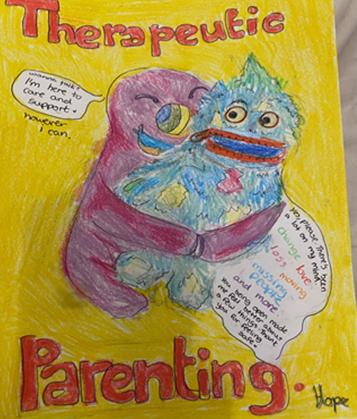
If you’re thinking of becoming a foster carer, it’s important to understand the different types of fostering you could be involved with.
Resilience foster care – This is a type of therapeutic foster care for children and young people aged 5-16 who currently live in residential care, or who without this provision would likely be placed in a residential home. It involves supporting children/ young people who may have experienced significant neglect, trauma and or abuse prior to being placed in care. Find out more here

Emergency foster care – This placement involves providing immediate short term care to a child or young person, often comes at short notice, if it’s not safe or possible for the child or young person to stay where they are.
Short-term foster care can be planned, but could also be with very short notice, and provides a temporary place to stay until the child can return home to their own family or a longer-term arrangement can be made.
Long-term or permanent foster care allows children and young people to stay with a family until they reach adulthood if they cannot return to live with their birth family. This follows a matching process, including introductions, so that the child and the foster family can get to know each other gradually before the child moves in. This type of fostering can suit families who prefer to have longer-term arrangements, and fewer changes of foster placements. It provides stability to that child or young person and enables them to develop a sense of belonging.
Home from Home is a part-time fostering scheme that provides respite care, giving parents or carers a break from caring for their child on a full time basis, and is in a family setting. The child will be matched with a family and will stay with the same family each time.
Remand foster care provides a young person with a home when they have been remanded into the community (rather than custody) and have to live away from their family while their case is resolved through the courts. It can be for anything from a few nights to a few months, depending on how long the process takes, and often at short notice.
